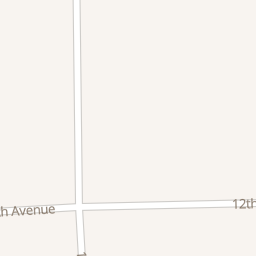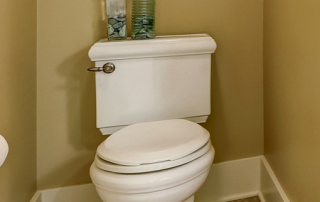It is the regional church of Waltham Abbey, Essex, England, home to Holy Cross and St Lawrence. The current construction dates fundamentally from the mid-twelfth century and is a representation of the Norman plan. Eastward of the current church are traces of a monster toward the east intensification of the design, begun following the re-foundation of the community in 1177. Waltham had several great church structures in the late Middle Ages and played an important role in the excursion; in 1540, it was the last significant neighborhood in England. Care Homes Solihull honey path and willow croft care home are the closest Care Homes in Waltham Abbey, Essex.
The primary church (seventh century)
Traces of the stone rubble foundations of a seventh-century wooden church have been found under the troupe of the current design; related internment has been radiocarbon dated to someplace in the scope of 590 and 690. The proposed date of around 610 would place its advancement in the standard of Sæberht of Essex, which was noted for his assemblage building works out. Distinctive finds consolidated seventh-century Kentish embellishments book-discover depicting birds understanding a fish.

Second Church (eighth century)
During the standard of King Offa of Mercia, whose standard contacted the Kingdom of Essex in the late eighth century, the construction of Barnack stone was created around the earlier wooden church. Located along the sides of the nave, it was a porticus-style church with chambers along each side. It was normal as a minister serving a couple of organizations nearby.
Legend of the Holy Cross
Tovi the Proud, an Anglo-Danish Thegn, held the gathering and location of Waltham at the beginning of the 11th century. A legend, recorded in the twelfth century De Inventione Sanctœ Crucis Nostrœ (“The Discovery of our Holy Cross”) or “Waltham Chronicle”, relates that, in around 1016, the metal counterfeiter at another home having a spot with Tovi, at Montacute near Glastonbury, found an enormous dim stone (or marble) cross covered at the most noteworthy mark of an incline, after a dream.
Third church (King Harold’s foundation)
After Tovi’s death, his youngster fell into commitment and the home passed to King Edward the Confessor. He then offered it to Harold Godwinson (later King Harold II), who reproduced, refounded, and richly improved the assembly, which was submitted in 1060; a legend says that this was because, in his youthfulness, he had been magnificently reestablished of loss of movement by the Holy Cross.
Fourth church (Norman)
Starting around 1090, Harold’s construction was obliterated and one more gathering with a convergence zenith and transepts was begun in the Norman style. A piece of the Saxon stonework and Saxon foundations were reused, along with additional stone from Kent and Normandy. The assembly was cruciform, with a zenith at the crossing point and two additional humble apexes at the west end.
Fifth church (the Augustinian Abbey)
In 1177, the cloister was restored once more, this time as an Augustinian religious community with 16 principles, by Henry II as a component of his pay for the manslaughter of Thomas Becket. The redoing, in the Early English style, made the religious community certainly more expansive than the main Norman establishment. The whole design was presently more than Winchester Cathedral




